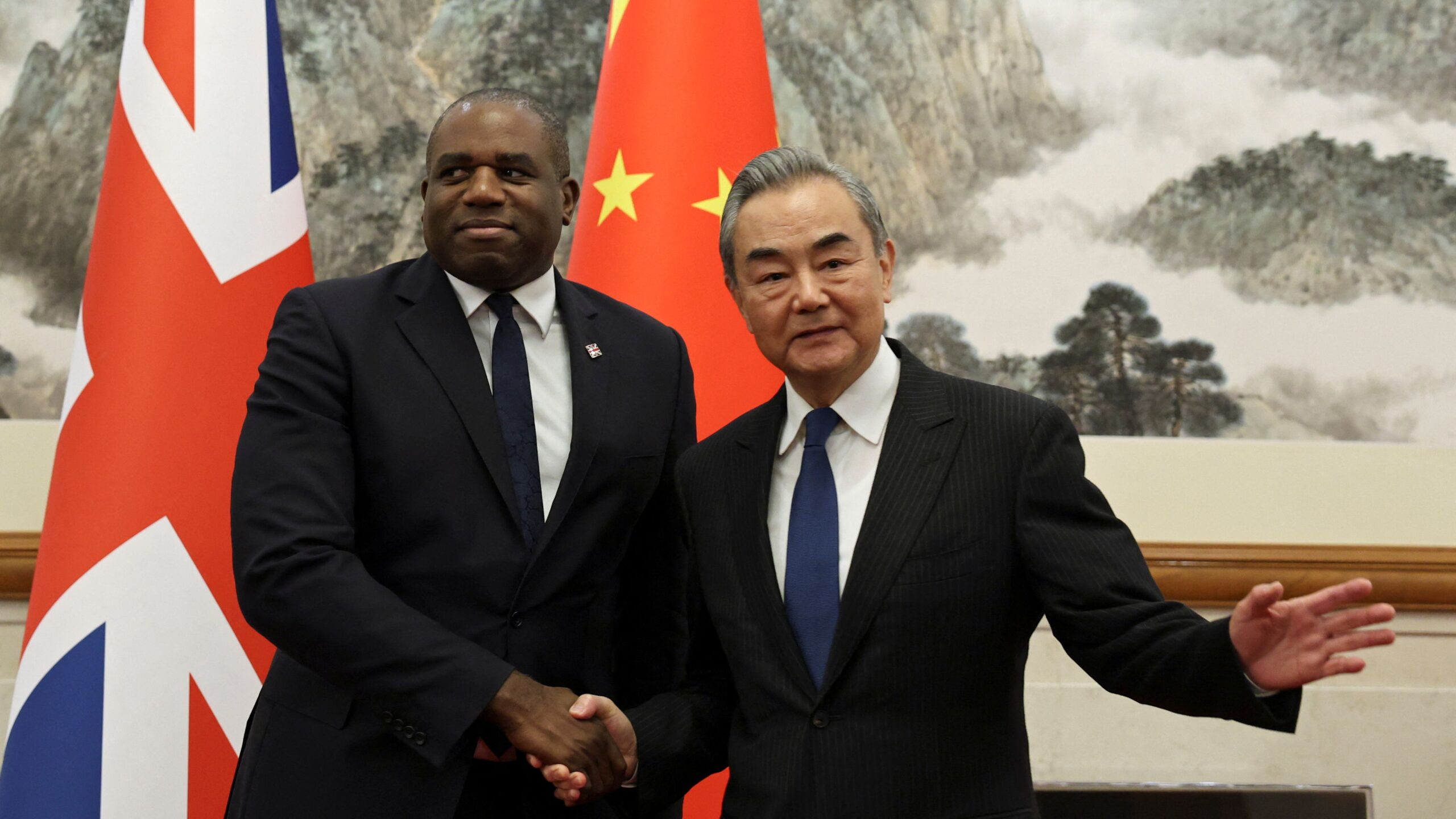Trade relations between the UK and China have shown a positive trend throughout 2025. The UK government has taken a friendlier approach compared to the United States and the European Union, opening new opportunities for British companies to expand their operations in the world’s second-largest economy. This shift is evident in the resumption of high-level economic dialogues, the reopening of previously restricted market access, and cross-sector business agreements.
Business-Friendly Policies and Positive Signals
Early in 2025, London and Beijing revived official dialogues that had been on hold. A meeting between UK Secretary of State for Business and Trade Jonathan Reynolds and China’s Minister of Commerce Wang Wentao resulted in cooperation agreements in finance, digital, green energy, and sustainability. This set the stage for British businesses to expand in various industries, from financial services to creative sectors.
Additionally, the UK is set to be the “Country of Honor” at the upcoming Xiamen Trade Fair in September. This recognition offers a strategic platform to showcase flagship products and forge new partnerships with Chinese trade counterparts.
Companies Seizing the Opportunity
Several UK companies have moved quickly. HSBC and Schroders secured new licenses to expand financial services in China. Exclusive wine club 67 Pall Mall opened a branch in Shanghai, targeting the growing premium market. Brands such as Barbour and Fortnum & Mason expanded distribution via local e-commerce platforms, while Scottish Leather Group established partnerships with China’s automotive industry.
In pharmaceuticals, AstraZeneca announced a major investment to build a research and development hub along with manufacturing facilities in Beijing, reinforcing China’s status as a priority market.
How the UK’s Approach Differs from the US and EU
Unlike the US and EU, which have recently tightened trade rules with China, the UK has chosen a more flexible trade diplomacy route. This approach allows companies to secure business permits more easily, accelerates negotiation processes, and reduces entry barriers.
Such a strategy also provides a competitive edge, especially for sectors sensitive to regulation, such as financial services, food, and pharmaceuticals. For example, UK pork exports were recently allowed back into the Chinese market after years of restrictions.
Opportunities and Challenges in the Chinese Market
China offers vast potential for UK products and services, particularly in the premium segment and green technology. Collaboration in green finance, digitalization, and energy innovation has become a key focus for both nations. However, businesses must remain aware of intense price competition, sudden regulatory changes, and fluctuating consumer demand.
Many companies are opting to start with local partners and e-commerce channels to reduce capital risk while tailoring products and pricing to Chinese consumer preferences.
Given these developments, it’s clear that the UK is leveraging the momentum of improved trade relations to secure a strong foothold in one of the world’s largest markets. If this positive trend continues, 2025 could mark the beginning of a new era of mutually beneficial UK–China business relations.
Discover more from Olam News
Subscribe to get the latest posts sent to your email.









